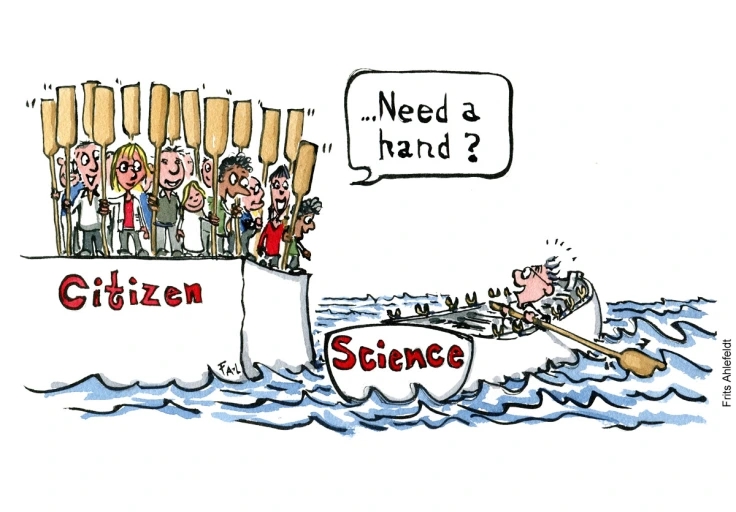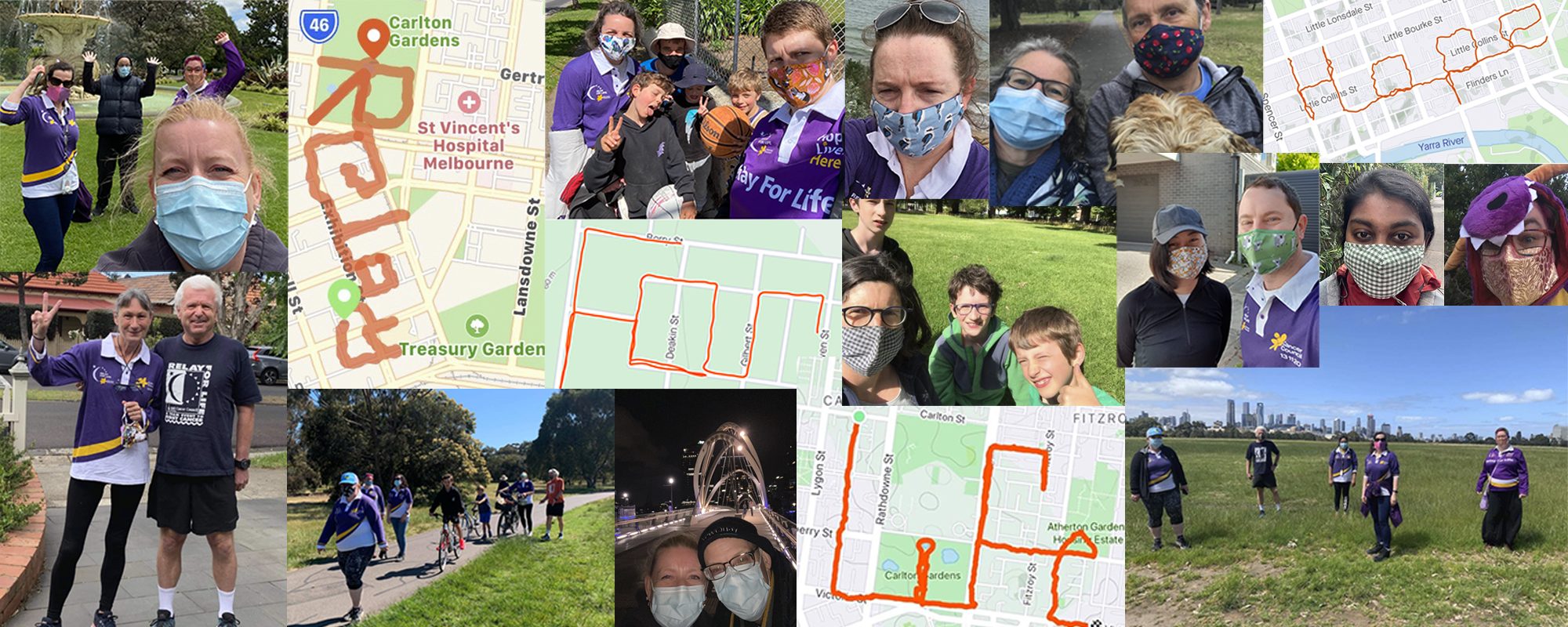Have you ever heard of Citizen Science? It’s when members of the general public – you, for example! – become part of the grand project of better understanding our world. While science is about learning and making discoveries and hopefully using them to make the world a better place, you can’t do science without data.
Collecting data can be about doing experiments and seeing what the results are. But for some projects, particularly the ones that aim to understand our environment, or the effects of climate change, or the habits and habitats of our native animals, collecting data is about making observations. Looking at things. Listening to things. Writing down what you notice.

Sometimes, we have a lot of data, but not enough people to look at it – perhaps we have a audio recorder set up in a particular area, listening for bird noises, but we need some more pairs of ears to listen to the recordings and mark where and when the noises are being made. Or perhaps there are camera traps set up to track wildlife in a particular area – but we need some more pairs of eyes to look at the photos and sort out the bandicoots from the housecats.
Sometimes, we don’t have the data yet, and we need some more pairs of hands to help us collect it. Perhaps we are tracking the movement of koalas, and need people to take photos of any koalas they see on their daily walks. Or maybe we want to look at water purity, and we need people to take photos of the rivers and seas and creeks near them, taking particular note of the colour of the water and what sorts of plants grow in it or beside it.
And sometimes, we have the data, but it’s old and fragile and in need of people to transcribe it or to photograph it and digitise it.
There are so many ways you can help real scientists make important discoveries, from your home or from you backyard or on your lockdown walks. To celebrate National Science Week, we thought we are sharing some of our favourites.
Continue reading “Citizen Science: Lending Science a Helping Hand”



